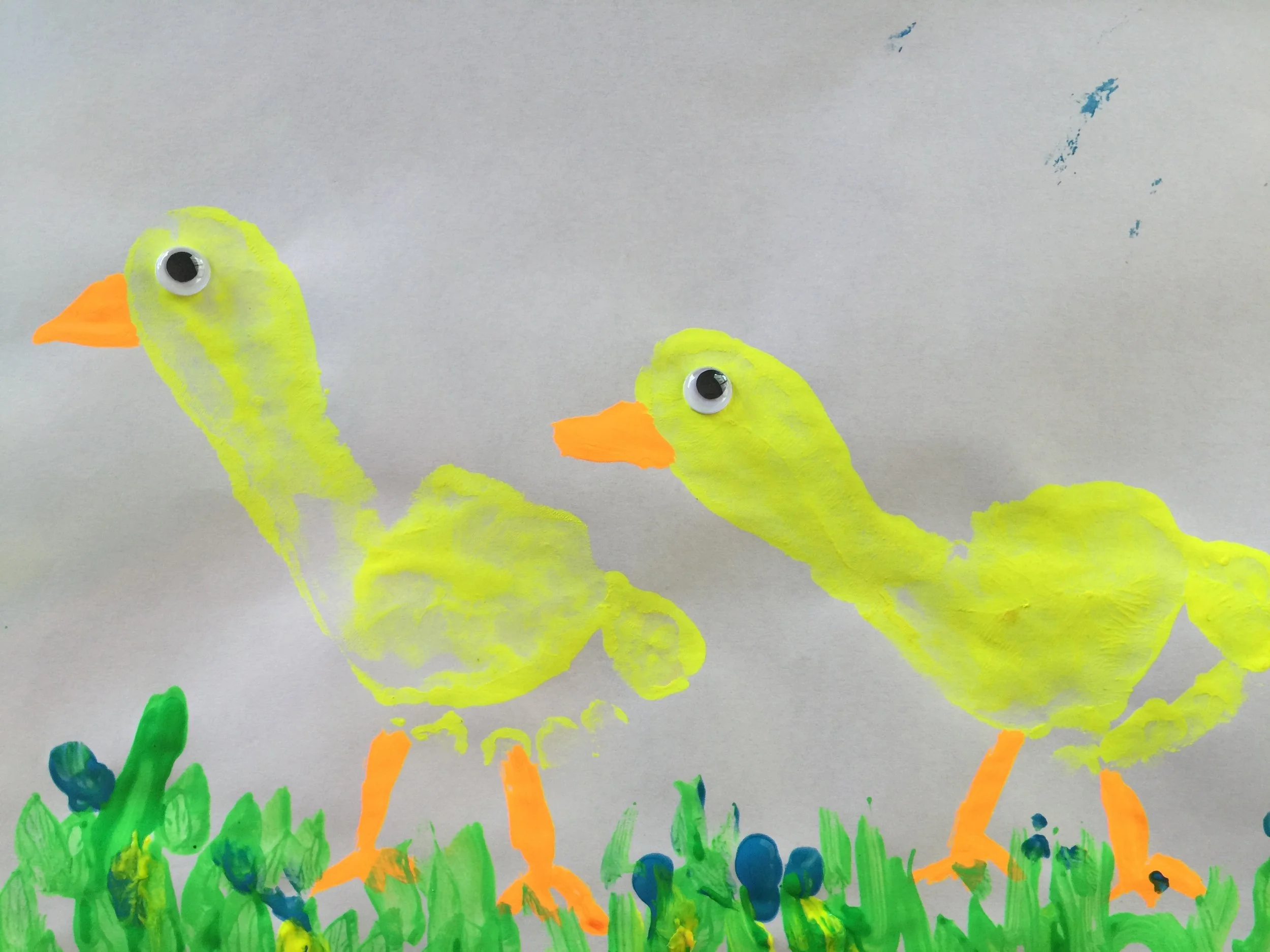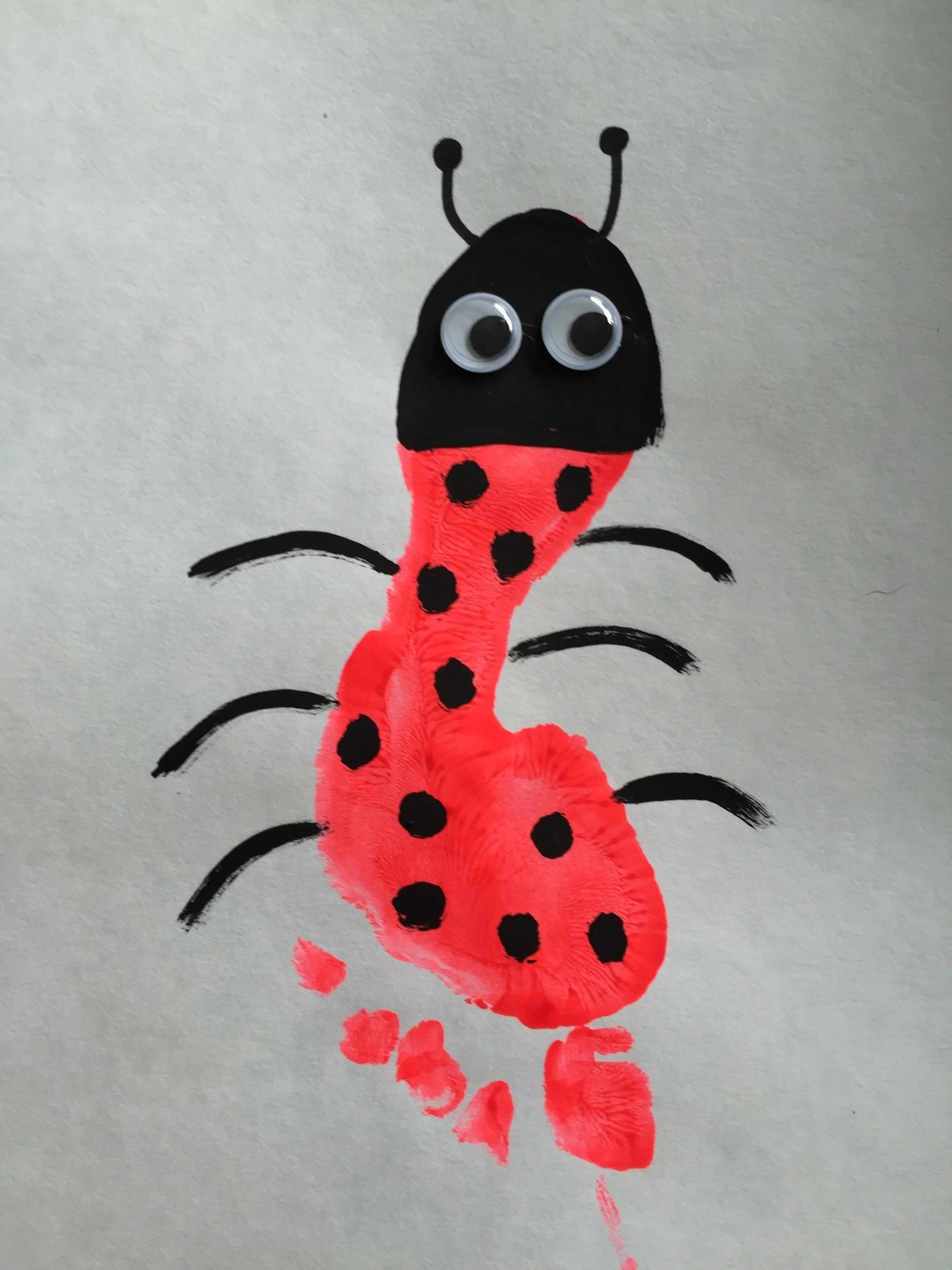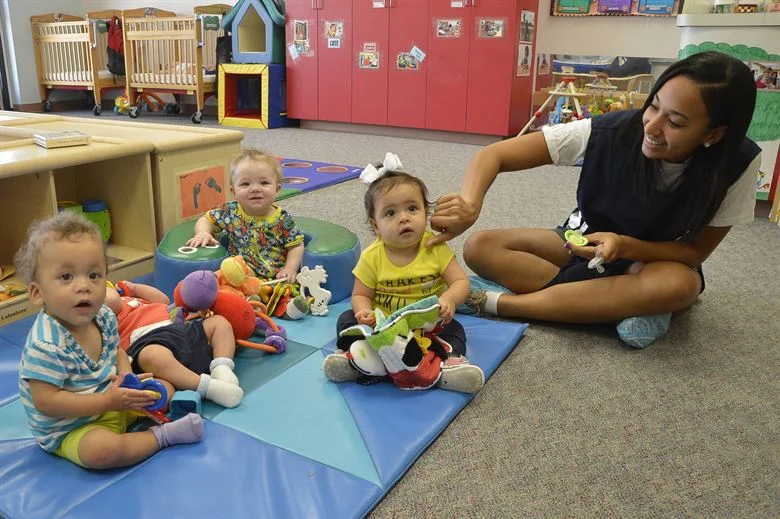Baby’s First Foods
If your baby is ready for food, here are some of the basic supplies you’ll need to make homemade healthy baby food. Baby food can be started anywhere between 4 - 6 months. Talk with your pediatrician first before you start.
Getting Started
Here are a few of the supplies that will make life a little easier when making your own baby food. There are lots of other items out there as well, but these are the ones that I used! The baby blender is totally optional, but the reason I really liked it is because it’s small which means it’s easier to wash daily as you make new foods for baby.
- Baby Blender
- Ice cube trays with covers
- Spoons
- Cups with lids
- Steamer
- Baby oatmeal and cereal
- Fruits and veggies
- Baggies
First Foods to Try
For baby’s first foods, mix them with breastmilk or formula for a looser consistency that baby likes. Start with yellow and orange fruits and veggies first, then go for the greens (they’re easier to digest).
I also like to mix in baby oatmeal or multi-grain cereal to add a little more volume to the food. It mellows out the flavor a bit too, so as a first food it’s not too overwhelming.
Watch for Allergies
When you get started feed your baby only one food at a time. And do the same food for a day or two. Watch for any signs of allergies like swelling around mouth, rashes, breaking out on the face or diaper area, distress, etc.
Once you know no allergies you can start mixing together the basic favorites, like bananas and green beans.
Steer Clear
Steer clear of anything that might create gas for your baby like onions, garlic, seasoning, butter, dairy, etc, until they're a little older. Also citrus isn't really something recommended for babies, so skip the oranges, lemons, grapefruits for now too.
A Few First Foods to Try
Don’t Need to Cook:
- Avocado
- Bananas
- Peaches
- Blueberries
Steam or Cook First:
- Corn
- Peas
- Green Beans
- Sweet Potatoes
- Black Beans
- Carrots
- Apples
- Pears
Step 1: Peel and cut into chunks to avoid the seeds.
Step 2: Steam gently until tender (for foods that require it).
Step 3: Place in a blender/food processor and puree until smooth. You may be able to just use a fork too.
Step 4: Add breastmilk or formula to loosen up as needed. You can also use the leftover cooking water.
Step 5: Pour into ice cube trays and cover. Place in the freezer for about 24 hours.
Step 6: Pop out the cubes and put in baggies per portion. About 2 cubes for little ones, especially if you’re going to add cereal or oatmeal before feeding.
On The Go
Don't feel like you have to be a super mom all the time. Have some baby food pouches on hand for when you can't make it fresh, or you're on the go with baby. Since they don’t need to be refrigerated they are perfect to throw in the baby bag and have when you need it. Also baby food pouches are amazing once your baby is old enough to hold and suck themselves!












